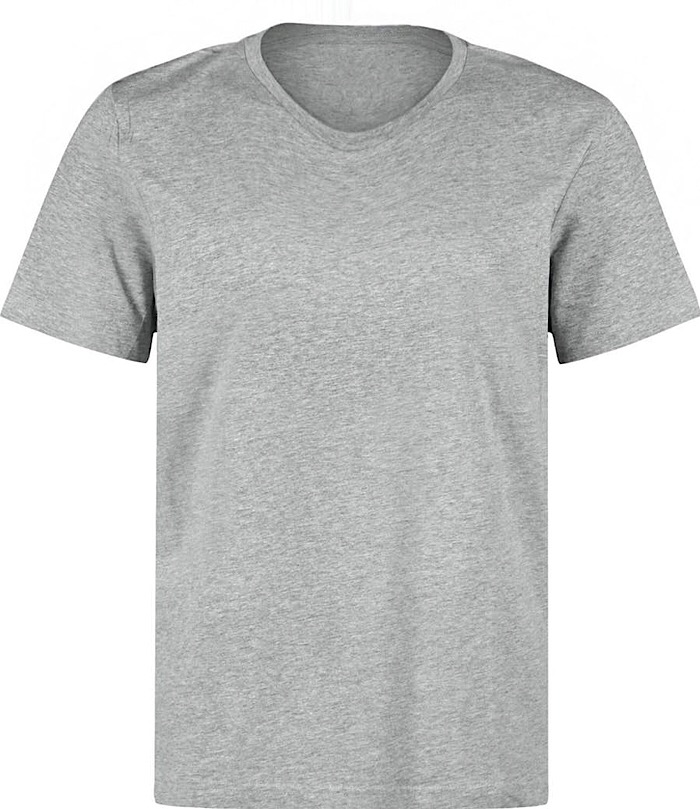Researchers with ETHzurich have successfully used plastic to create lightweight gold that retains its purity, according to a recent announcement from the institution. The lightweight gold is ideally suited for products like jewelry and watches — things that would benefit from a reduction in weight without a loss in gold purity or beauty.
The gold found in jewelry is made with metallic alloys that help reduce the weight, though some pieces of jewelry may still be too heavy to suit some buyers. The newly created 18-carat gold replaces the metallic alloy elements with a ‘matrix of plastic,’ reducing the density from a typical 15 g/cm3 to 1.7 g/cm3.
Continue reading… “Scientists create lightweight 18-carat gold using ordinary plastic”













